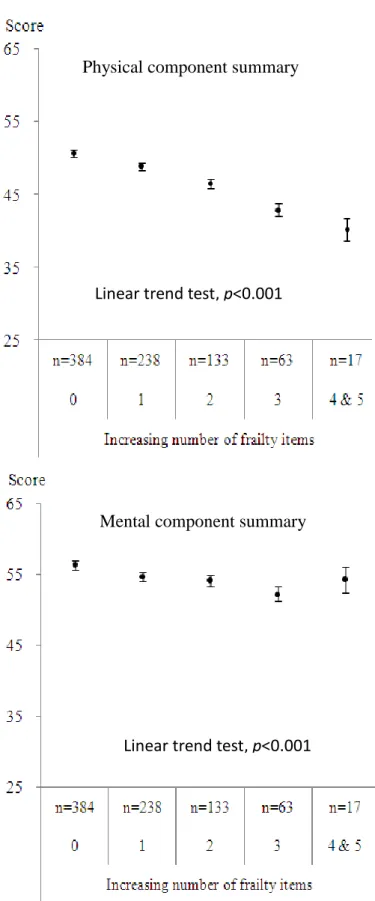Reduced health-related quality of life in elders with frailty: a cross-sectional study of community-dwelling elders in Taiwan
全文
數據
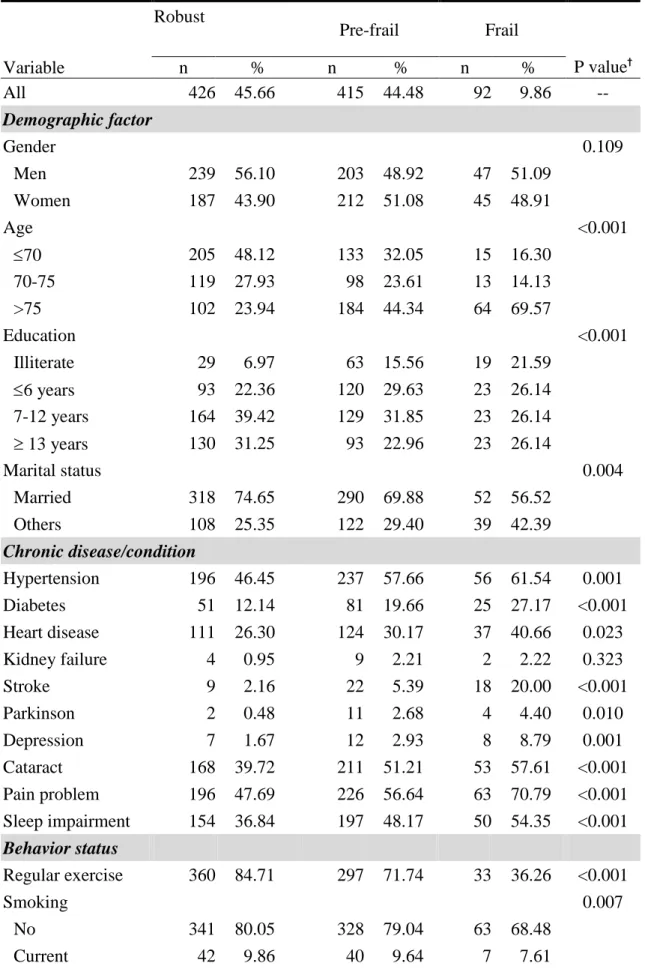
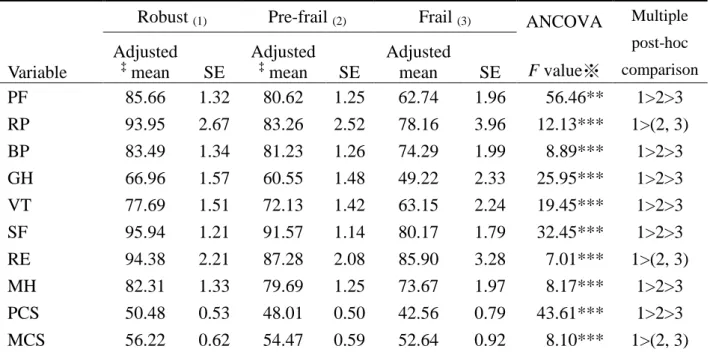
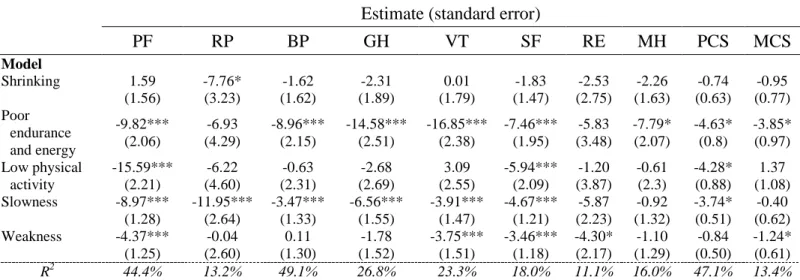
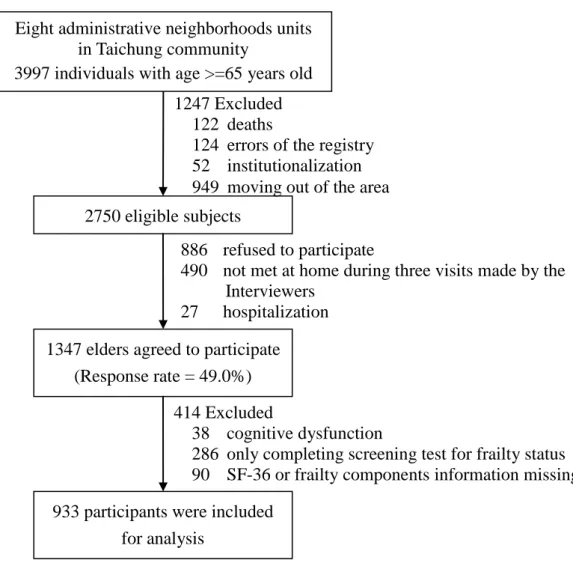
相關文件
Quality kindergarten education should be aligned with primary and secondary education in laying a firm foundation for the sustainable learning and growth of
Stage 6 Special Program of Study – Personal Development, Health and Physical Education Life
Stage 6 Special Program of Study – Personal development, health and physical education life
In spite of higher rentals for housing (+12.51%) and dearer charges for maintenance & repair services of dwelling (+9.60%), reduced prices of LP Gas (-4.65%) and the
Keywords: Feng-Xue Yan-Zhao, Feng-Xue’s Zen domination, styles and ethos of Zen, the Linji Domination, the Record of the Seven Elders of Feng-Xue in Qianfeng Baixue Zen
• The Tolerable Upper Intake level (UL) is the highest nutrient intake value that is likely to pose no risk of adverse health effects for individuals in a given age and gender
prevent cruelty and alleviate suffering, and through education to cultivate a deep respect for life in the community so that all living creatures may live.. together
- WHO “ Health is a state of complete physical, mental and social well- being and not merely the absence of disease or infirmity”.. 甚麼是
